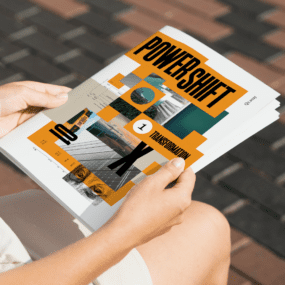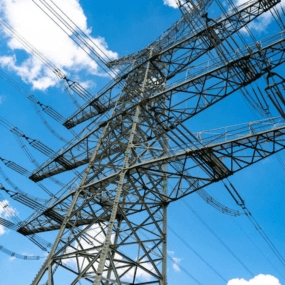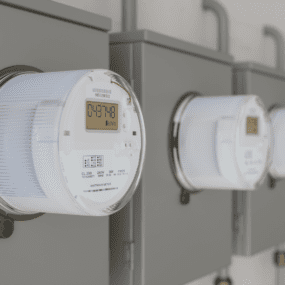Growing crops under solar panels? In Iowa, a utility shows it’s working
Alliant Energy’s agrivoltaics research is challenging assumptions about farming under solar panels.
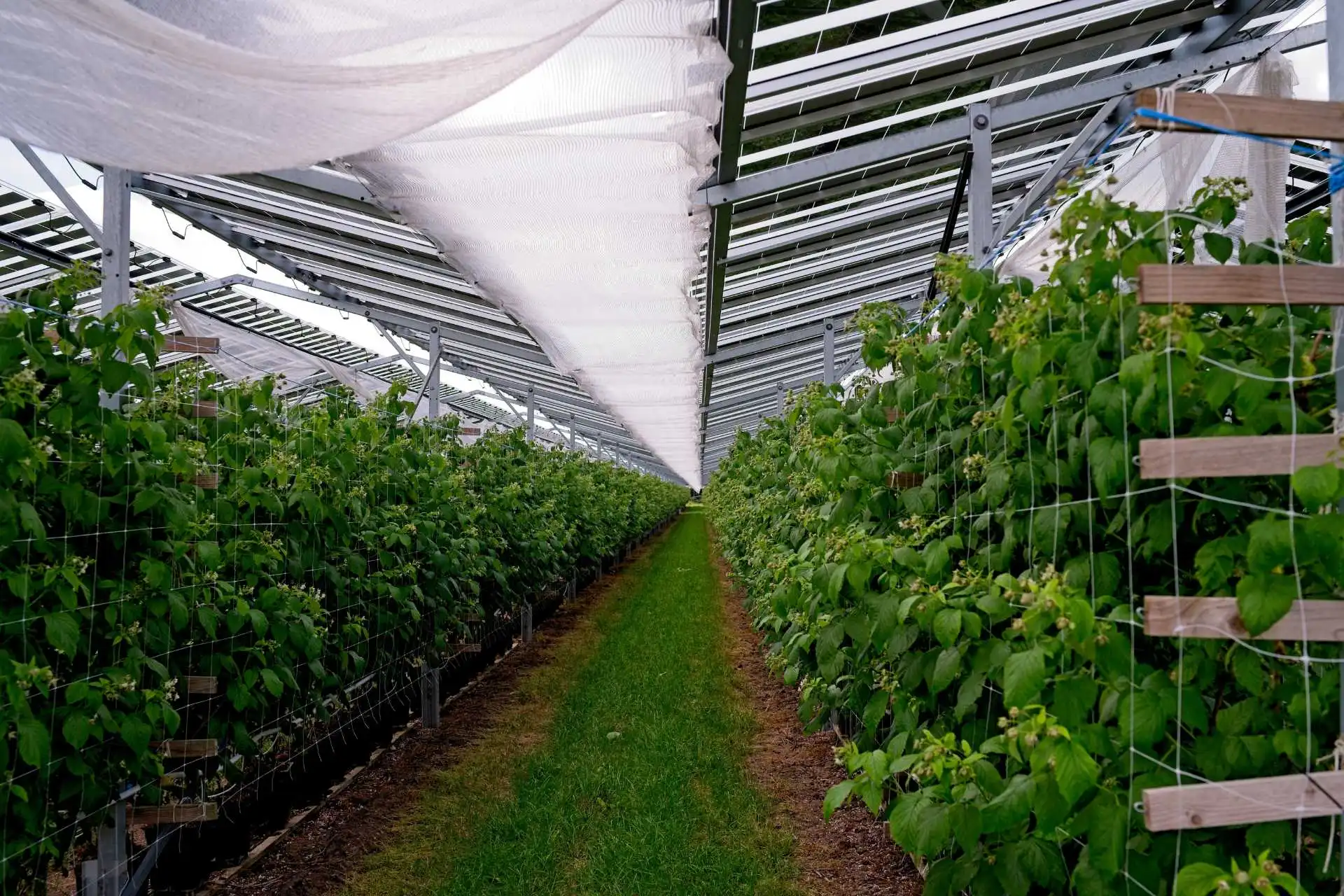
Alliant Energy’s agrivoltaics research is challenging assumptions about farming under solar panels.

Sign up for our newsletter
Stay in the loop with all things GridX and beyond.
In Iowa, where agriculture drives the economy, Nick Peterson has heard the argument countless times: “You’re taking up prime farmland for energy production.”
As strategic partnerships manager at Alliant Energy, Peterson understands the pushback. But he sees a different future — one where solar arrays and agriculture coexist productively on the same land.
“When you look at how we’re farming, we’re just farming a different type of energy,” explained Peterson on the With Great Power podcast. “It allows the farmer, the landowner, the opportunity to get that dual use where you can still grow something that has value and also harvest the sun.”
That vision is being realized through a first-of-its-kind research collaboration between Alliant Energy and Iowa State University. Across 10 acres, the utility has installed a 1.35-megawatt solar array combining fixed and tracking systems. They’re using it to evaluate how different high-value crops perform under standard solar installations.
One year into the four-year project, supported by a $1.8 million Department of Energy grant, the results are challenging conventional wisdom about agrivoltaics.
“What our research has shown is you can buy the suit off the rack and it fits nice,” said Peterson, meaning that “bespoke” solar designs are not necessarily needed for farming applications.
The research team is collecting granular data on both energy production and crop performance. Each array section features different vegetation, from traditional grass and clover to high-value crops like broccoli, summer squash, peppers, and grapes. Environmental sensors track microclimates under the panels.
Early results show most crops actually benefited from the partial shade that the solar array provides. Summer squash and peppers thrived under the panels, protected from intense summer heat. The team also discovered an unexpected advantage: Japanese beetles, a common pest in Iowa, avoided plants growing under and around the panels.
As the first regulated investor-owned utility to explore agrivoltaics at this scale, Alliant Energy sees the project as more than just research — it’s a path to greater social acceptance of solar development in rural communities.
The economic case is compelling. Crops grown during the research phase are being donated to local food banks and the Iowa State on-campus student pantry, but economists are analyzing market values of the combination of selling both power and crops. Peterson points out that farmers already understand the benefits of dedicating small parcels to energy production through wind leases, which can provide significant guaranteed annual income.
“That becomes a good value proposition when your commodity prices are yo-yoing up and down,” he said.
The project’s implications extend beyond Iowa. The National Renewable Energy Laboratory reports that U.S. agrivoltaic installations have doubled since 2020, now generating 10 gigawatts of power annually — approaching Europe’s 15 GW of agrivoltaic capacity.
While high-value crop farming requires more labor than traditional commodity farming, Peterson sees multiple paths forward, including opportunities for nonprofits and agricultural associations to develop new farming careers around solar installations.
The research continues, with teams from Iowa State’s agriculture and engineering schools collecting data that could help standardize agrivoltaic development. For utilities facing agricultural community resistance to solar projects, the findings could provide a valuable roadmap for turning opposition into opportunity.
For the full conversation with Nick Peterson, listen to his interview on season 4 of With Great Power here.
With Great Power is a show about the people building the future grid, today. It’s a co-production of GridX and Latitude Studios. Subscribe on Apple, Spotify, or anywhere you get your shows.
Read the original article from Latitude Media here.
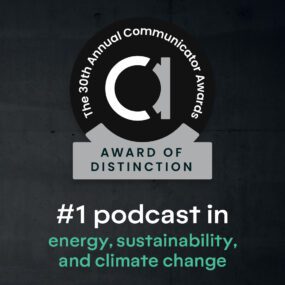
GridX Nabs a Communicator Award for With Great Power
With Great Power recognized for exceeding industry standards in business-to-business communications.

